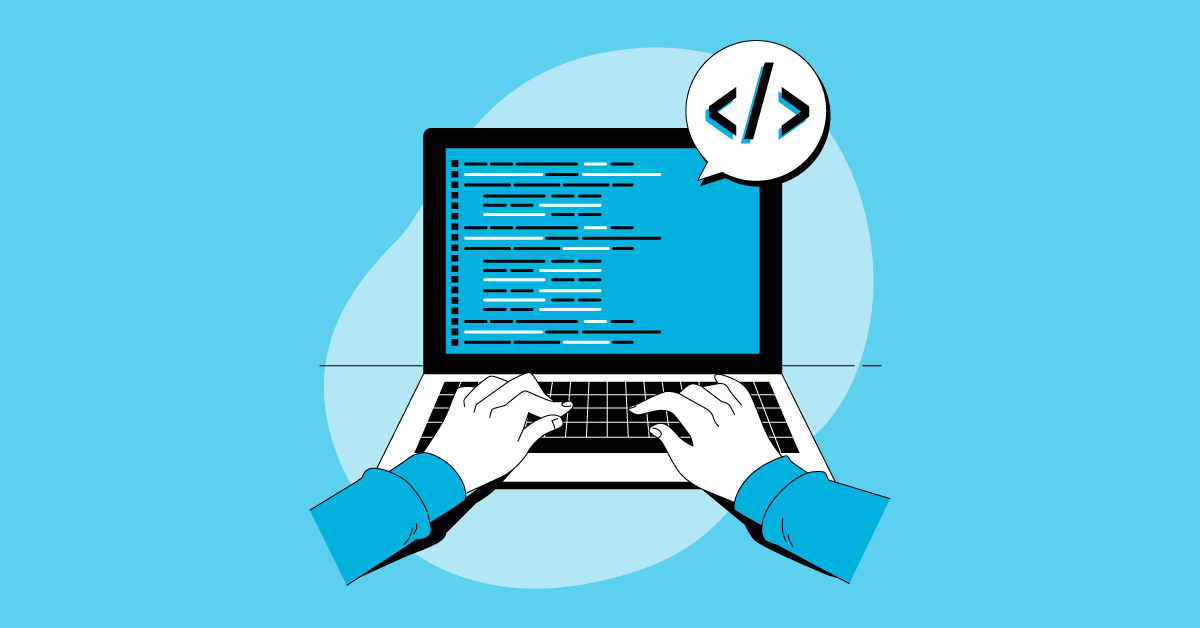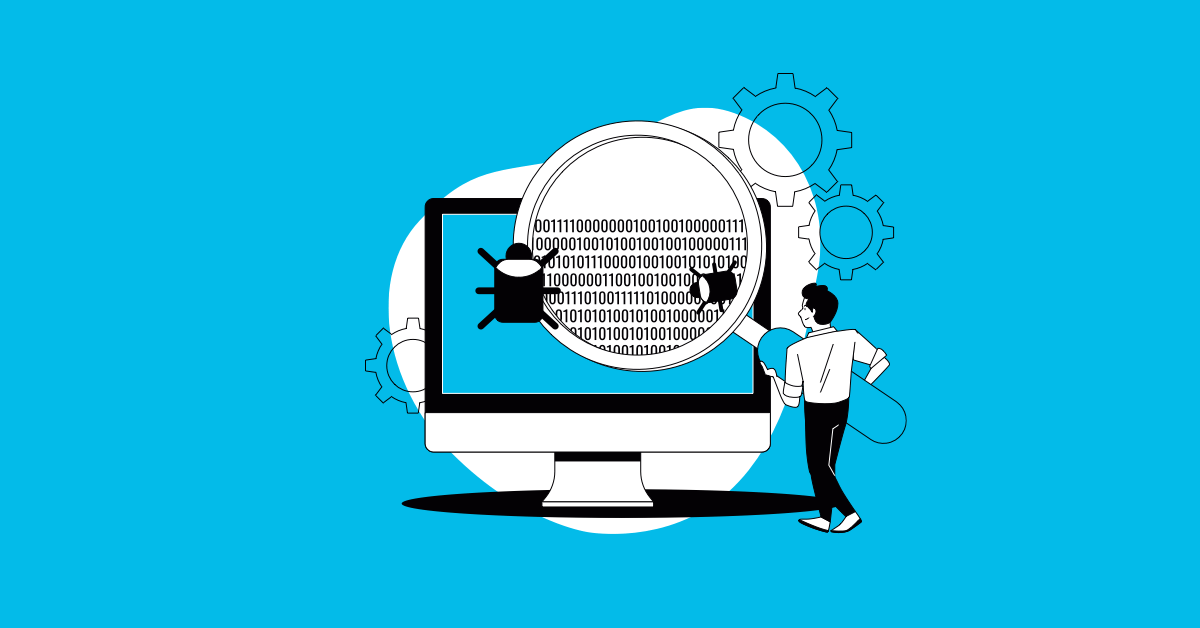Sanity testing is a key step in the software development lifecycle that ensures an app’s basic functionality before proceeding with more extensive testing. By identifying major defects and issues, sanity testing helps prevent resources from being wasted while making sure that the application is stable enough for further development and testing.
We’ll delve into the key aspects of sanity testing, including its purpose, best practices, and common challenges. By understanding the importance of sanity testing, QA professionals can effectively incorporate it into their testing processes and continue to deliver higher-quality software.
Understanding Sanity Testing
Sanity testing is a preliminary round of testing conducted after major code changes, updates, or bug fixes. Its primary goal is to verify that the core functionalities of the application are still working as expected. By quickly identifying any major defects or issues, sanity testing helps prevent wasted time and resources on further testing with a broken application.
Here are some of the differences between sanity testing and other kinds of testing:
- Scope: There is a larger focus on core functionalities.
- Depth: This type of testing is more of a high-level check.
- Timing: It’s mainly done after major changes to the app.
When to Conduct Sanity Testing
Sanity testing is typically conducted after significant changes to the software, such as:
- Major code updates or releases: When new features are added or existing ones are modified, sanity testing helps ensure that the core functionalities still work as expected.
- Bug fixes: After applying bug fixes, sanity testing can verify that the fix has been implemented correctly and hasn't introduced new issues.
- Patches: When applying patches or updates to the software, sanity testing can confirm that the changes have not affected the core functionalities.
- Integration with third-party systems: When integrating with new systems or APIs, sanity testing can verify that the integration has not caused any issues.
By conducting sanity testing at these key points in the development lifecycle, QA teams can proactively identify and address potential problems, saving time and effort in the long run.
Key Components of Sanity Testing
A well-structured sanity test typically includes the following components:
- Critical functionalities: Identify the core functions that are essential for the application to work properly. These may include login, navigation, data entry, and output generation.
- Test cases or scenarios: Develop concise test cases or scenarios that cover the critical functionalities. These should be simple and focused, aiming to verify the basic operation of each feature.
- Test data: Prepare appropriate test data that is representative of real-world usage. This may include sample user accounts, data inputs, and expected outputs.
- Expected outcomes: Define the expected results for each test case. This will help in determining whether the test has passed or failed.
By carefully considering these components, QA teams can create effective sanity tests that provide valuable insights into the overall health of the application.
Best Practices for Sanity Testing
To ensure the effectiveness of sanity testing, consider the following best practices:
- Keep tests concise: Sanity tests should be focused and efficient. Avoid including too many steps or unnecessary details.
- Prioritize critical functionalities: Focus on testing the most important features of the application.
- Use automation tools: Consider using automation tools to streamline the execution of sanity tests and improve efficiency.
- Document test results: Record the results of each sanity test to track the application's overall health and identify trends.
- Regularly review and update test cases: As the application evolves, review and update your sanity test cases to ensure they remain relevant and effective.
Challenges and Solutions in Sanity Testing
While sanity testing is a valuable tool, it can also present certain challenges. Here are some common issues and potential solutions:
- Balancing thoroughness with efficiency: Sanity tests should be concise, but they should also provide adequate coverage of critical functionalities. A good balance can be achieved by focusing on the most essential features and using automation tools to improve efficiency.
- Dealing with dynamic content and changing requirements: Web applications often have dynamic content that can make it difficult to create stable sanity tests. Consider using techniques such as data-driven testing or parameterized tests to handle dynamic elements.
- Ensuring consistent test execution: Factors such as network conditions, hardware differences, and browser compatibility can affect the execution of sanity tests. Use tools and techniques to ensure consistent test results across different environments.
Conclusion
Sanity testing is a crucial step in the software development lifecycle, providing a quick and efficient way to identify major defects and ensure the basic functionality of an application. By following best practices and addressing common challenges, QA teams can effectively incorporate sanity testing into their testing processes.
By conducting regular sanity testing, organizations can improve software quality, reduce risks, and deliver higher-quality products to their customers.




%20(1).png?width=150&height=69&name=MuukTest-logo---light-background%20(3)%20(1).png)

